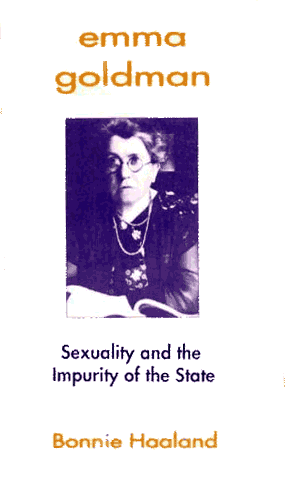Ferrua, Pietro
Kafka
A film
Communication. FilmsKAFKA, Franz (Prague 1883/07/03 - Vienne 1924/06/03). Écrivain, philosopheFERRUA, Pietro (Piero) Michele Stefano (1930 - ....)
USA, 1991.
B&W and color, 100 mins.
Cast: Jeremy Irons, Theresa Russell, Joel Grey, Ian Holm, Jeroen Krabbé, Armin Müller-Stahl and Alec Guinness. Script by Lem Dobbs.
Photography by Walt Lloyd.
Editing by Steven Soderbergh.
Music by Cliff Martinez. Paramount-Miramax.
It’s no secret that the early 20th century writer Franz Kafka frequented anarchist meetings during his youth in Prague.
We already knew this through information provided by his friends and biographers. In addition, some scholars, such as Mijal Levi [1], have looked at Kafka’s body of literary work as an interpretation of the anarchist vision. When working on Kafka, Steven Soderbergh took into account the components of both Kafka’s life and his work. This attention to accuracy created a film as close to a masterpiece as possible, even if that was not the current opinion of the American critics, or for that matter, the public at large. Despite excellent performances by Jeremy Irons and Sir Alec Guinness, the story unfolds in a foreign context, is partly filmed in black and white, and is quite literary and philosophical - all strikes against it in the mainstream American public’s eye. In other words, Soderbergh created a film d’auteur, which is almost a sin for Hollywood and its fans.
Soderbergh claims no faithful adherence to historical reality, but the details of the film are remarkably on target: The two German language newspapers that Kafka carries throughout the film were actually circulating in anarchist circles between 1910 and 1912, when Kafka was a diligent militant (although inadvertently a poster in the film declares that we are in 1919). The real Kafka was arrested at least once by the police in 1912 - not for bomb-related events but for collective demonstrations and union organizing campaign activities. In the annals of Czech anarchism, it does not appear that anarchists were bomb throwers (even though the "propaganda by the deed" had been practiced in some European countries during the 1880s), but perhaps Soderbergh wanted to be faithful to what we could call "the anarchist folklore."
Soderbergh succeeded in his effort to interpret Kafka’s political and philosophical dimensions by creating a web of intrigue, corruption, repression and thought control - something that even the great Orson Welles was unable to render in his otherwise excellent "The Trial."
Pietro Ferrua
[1] See Levi’s series of articles in the New York Yiddish-language newspaper Freie Arbeiter Stimme (issues 2922-2924, published in 1967-1968), translated into Spanish as Kafka y el Anarquismo (Reconstruir, Buenos Aires), and finally, into English as Kafka and Anarchism (New York: The Revisionist Press, 1972).
